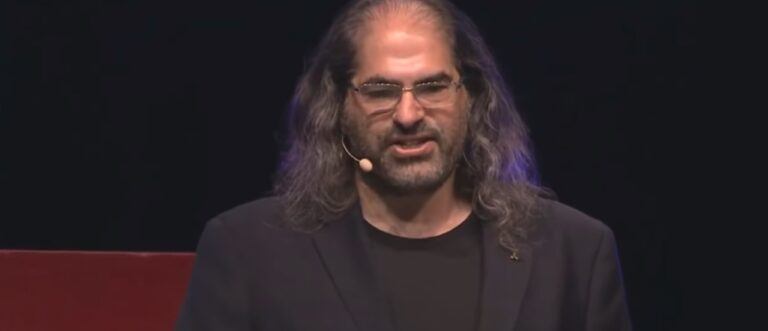On Thursday (February 27), during an episode of “The Ripple Drop” (Ripple’s web video series), David Schwartz, Ripple’s Chief Technology Officer (CTO), spoke with with producer/editor Reinhard Cate about the evolution of the XRP Ledger.
Cate started the interview by asking Schwartz how the XRP Ledger started and what its current status is.
Schwartz replied:
“Well, I started working on what we now call the XRP Ledger at the end of 2011; so I’ve been at this for eight [or] nine years… but the changes have been drastic.
“I mean in the early days all we had was the ability to perform a transaction on a decentralized ledger in just a couple of seconds, and then we started to realize that the properties of the algorithms that we developed allowed us to do things like a decentralized exchange.
“And then we had this idea of allowing people to issue assets and ideas like community credit, and we put all that together into a functional system probably in mid 2012.”
Cate then wanted to know why the robustness of the XRP Ledger is so important.
Schwartz said:
“You have to realize that you’re talking about billions of dollars in a system that doesn’t have an administrator.
“There’s nobody that you can go to if it messes up, and so reliability is the number one property, and it means that these systems are very slow to develop and evolve.
“In the early days, before I was working on the XRP Ledger and I was looking at Bitcoin, and we sort of had this idea that if there was any new feature, Bitcoin would just adopt it.
“We now know that’s hopelessly naive because any change to a system like this imposes cost on everybody who uses the system.
“With any other piece of software, a company will release a new version of the software, say Oracle releases a new version, and they’ll say to people who have like mission critical deployments ‘don’t upgrade to the new version, just use the current version, give us a little bit of time, test it whatever’.
“You can’t really do that on a public blockchain — if the rules change, people have to run software with the new rules.
“You want to ask why these systems don’t move more quickly, why they don’t add features on a regular basis, that’s why.”
Schwartz also talked about some changes he has suggested for the XRP Ledger:
“I’ve suggested a bunch of changes that fall into several different categories.
“One of those categories is like core consensus improvements.
“One of the things that I’ve said a lot is that proof-of-work is kind of a technological dead-end. It works fine. I’m not saying it doesn’t work. I’m just saying that there hasn’t been any significant innovation in it.
“There are also changes that are in the form of new features.
“One of the features that I think is very exciting is a feature that would allow people to launch, well, stablecoins are the obvious use case but it’s not just stablecoins.
“It’s essentially assets pegged to some external value. Features similar that exist on other systems but the interesting thing about this is that the liquidity is guaranteed by the ledger mechanics.”









